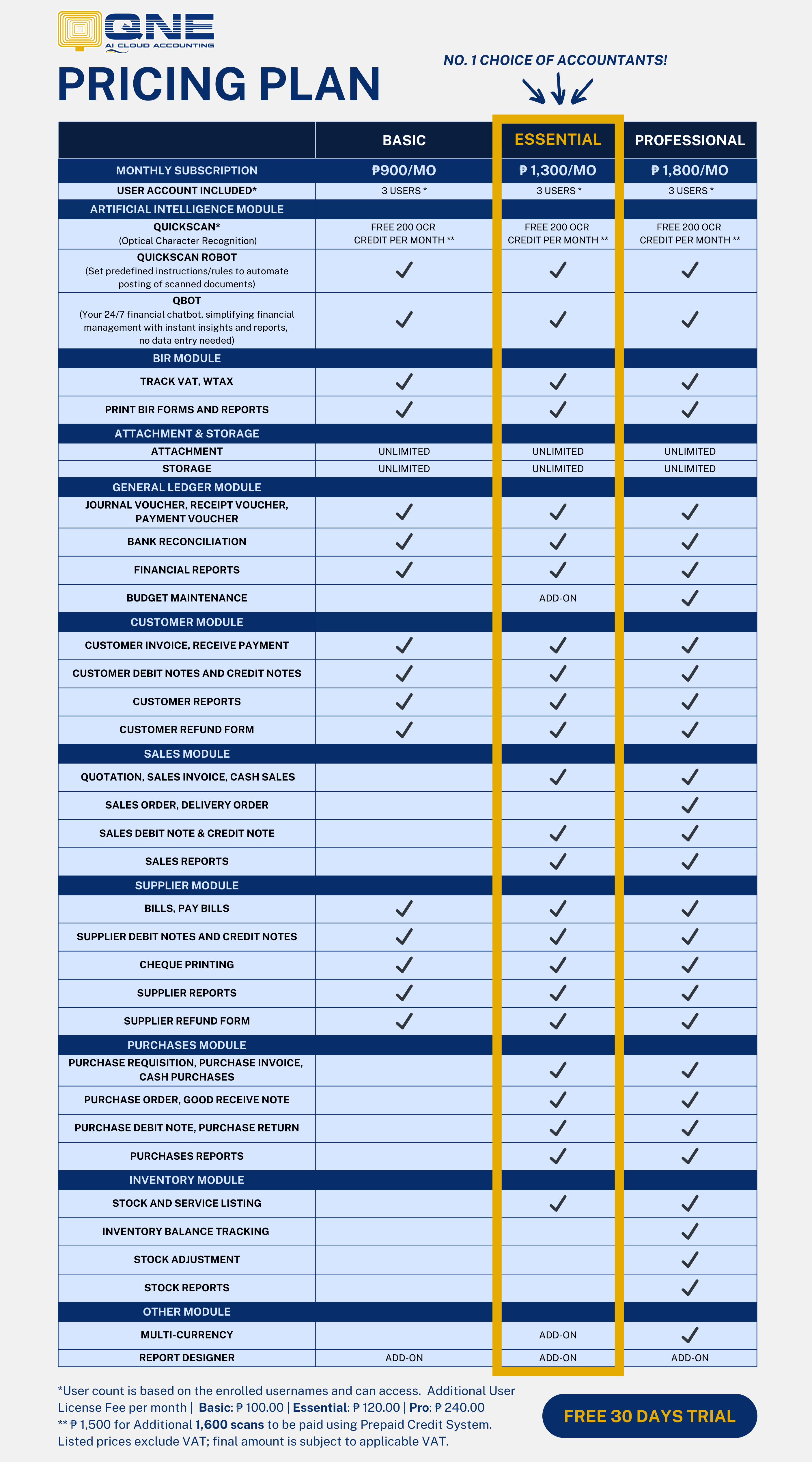Difference Between Accounts Receivable and Accounts Payable


PUBLISHED: June 25, 2021
In this article, the difference between accounts receivable and accounts payable will be tackled.
What is Accounts Receivable (AR)?
It is the amount of money, payment, or proceeds that the company will receive from its customers who availed their products and services. Such goods and services are delivered but not yet paid by the customers and is usually paid after a few weeks or months depending on the agreed term between the company and customer. Accounts receivable is listed on the balance sheet as a current asset.
How to record Accounts Receivable?
When a company sells a product or service “on account”, this means that there is no cash involved. Here’s the illustration of what accounts receivable looks like when recorded. Take for example a company whose engaged in selling office furniture and fixture, where they sold office chairs to their client.
ABC Office Supplies, Inc. sold 10 office chairs to XYZ Technologies, Inc. worth ₱26,000.00 on June 3, 2021. This is what it would look like in a journal entry:
| Date | Accounts | Reference | Debit | Credit |
| June 3, 201 |
Accounts Receivable – XYZ Technologies, Inc. |
₱26,000.00 | ||
| Office Chairs | ₱26,000.00 | |||
| Sold office chairs on account |
Accounts Receivable Analysis
Companies record their accounts receivable as assets on their balance sheets since there is an obligation for the customers to pay what they have availed. AR are current assets, that means that the balances are due from the debtor in a year or less. Since Accounts receivable is a company’s current asset, it measures its liquidity and ability to cover short-term obligations without the additional cash flows. That’s the first difference between accounts receivable and accounts payable.
What is Accounts Payable (AP)?
It is the liability that represents the company’s obligation pay-off debt from suppliers and creditors. Like AR, AP is also the goods and services that the company incurred from the suppliers and creditors that has not yet been paid for but has payment terms to follow to avoid penalties. Accounts Payable is treated as a liability and is under current liabilities.
How to record Accounts Payable?
Similar to AR, AP occurs when company avails or purchases a product or service “on account” on several occasions. Take a look on how accounts payable looks like when recorded. For example, ABC Company Supplies, Inc. purchased an accounting software from QNE Software Philippines, Inc. worth ₱350,000.00 last June 15, 2021. This is what it would look like in a journal entry:
| Date | Accounts | Reference | Debit | Credit |
| June 15, 201 | Accounting Software | ₱350,000.00 | ||
|
Accounts Payable – QNE Software Philippines, Inc. |
₱350,000.00 | |||
| Purchased accounting software on account |
Accounts Payable Analysis
Accounts Payable is a significant figure in a company’s balance sheet. If a company’s AP increases on a certain period time, this means that the company is buying more goods or services on account, instead of paying in cash. And if the company’s AP decreases, it means that the company is paying its prior debts before the set period. It is crucial to have proper accounts payable management as it will help in controlling the company’s cash flow. Here’s another difference between accounts receivable and accounts payable.
Now you know the difference between accounts receivable and accounts payable. Recording and tracking of all the accounting works can be demanding but it doesn’t have to be with the right business software. If you are interested in upgrading to a BIR-Ready Online Accounting System, QNE Software PH is offering a FREE 1-on-1 Consultation with QNE Experts. Take this opportunity to explore and discover how QNE can help your business. Signup now.
















